Unusual anatomy of a maxillary first molar with two palatal canals
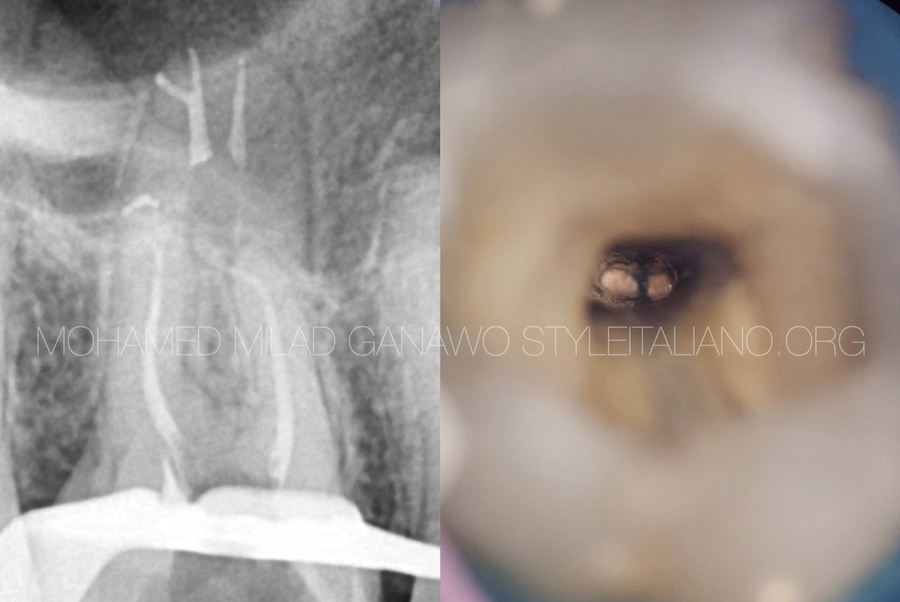 Unusual anatomy of a maxillary first molar with two palatal canals
Unusual anatomy of a maxillary first molar with two palatal canals
Unusual anatomy of a maxillary first molar with two palatal canals
 Non surgical endodontic management of periapical lesion with open apex
Non surgical endodontic management of periapical lesion with open apex
MTA is a bioactive cement that has gained immense popularity in endodontic treatments. It is composed of tricalcium silicate, dicalcium silicate, and bismuth oxide. MTA possesses unique characteristics that make […]
 RE-TREATY FILES: THE BEST INSTRUMENTS FOR THE DISASSEMBLING
RE-TREATY FILES: THE BEST INSTRUMENTS FOR THE DISASSEMBLING
Disassembling in endodontics refers to the process of carefully removing any obstructions, restorations, or prior materials within a root canal to allow for effective retreatment. "Retreaty Files" represent a new […]
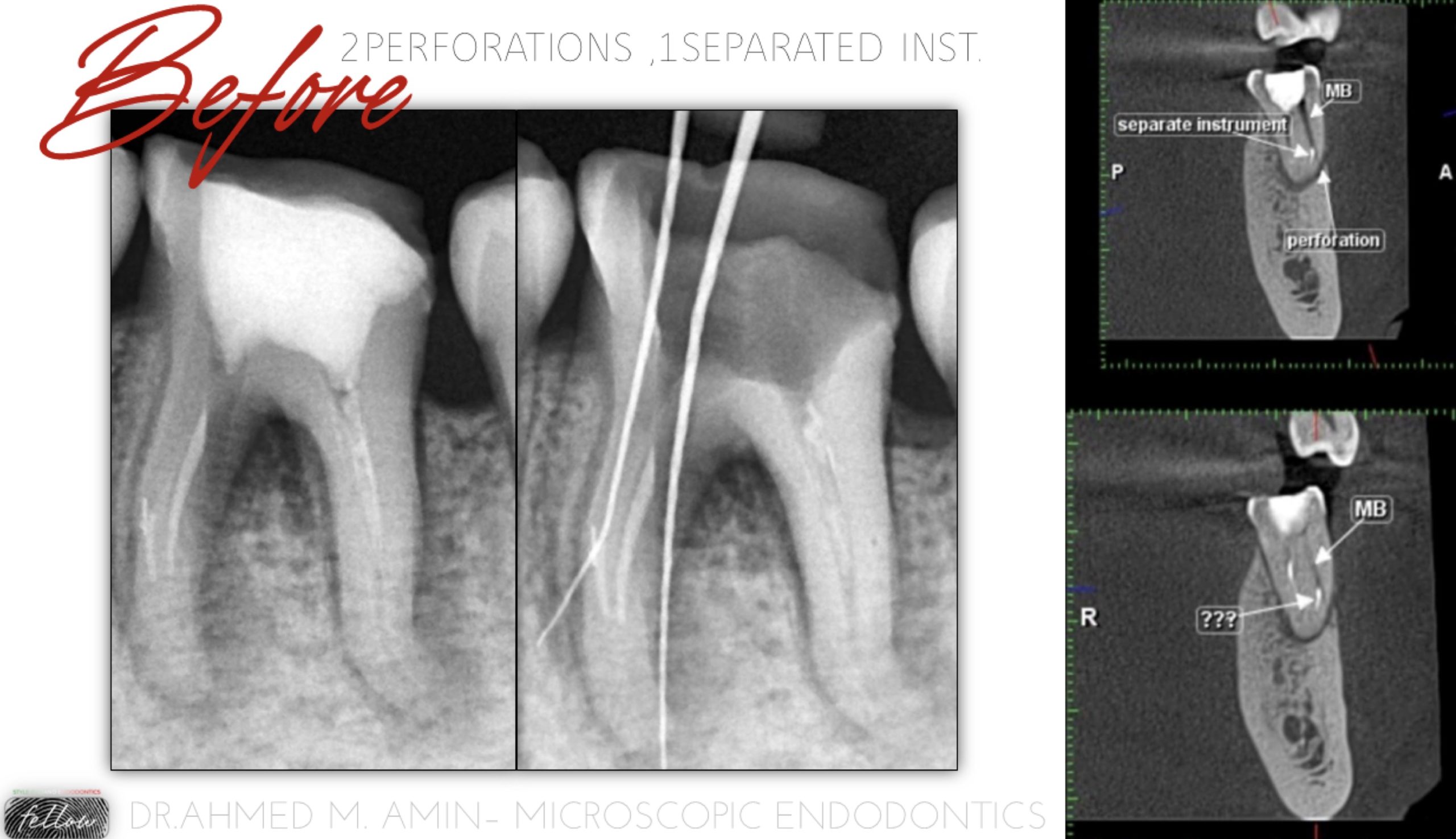 Multiple Complex Mishaps Management
Multiple Complex Mishaps Management
Endodontic mishaps can interfere with the healing process of the body and can result in failure of the root canal treatment if not taken care of. Perforation, if present should […]
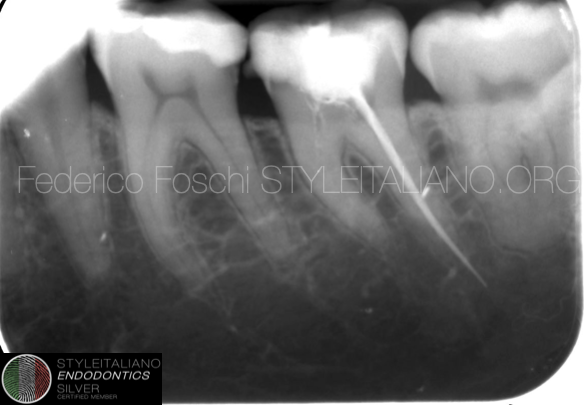 Well lodged-in
Well lodged-in
The removal of separated files is favourable when the file is visible, located in a relatively straight canal and there is a significant portion of the file protruding in the pulp chamber above the canal orifice.
Gentle teasing with Stieglitz Forceps usually represents the best approach in this situations similarly to silver points’ removal.
Unfortunately in the presented case the use of grasping action and pull was not sufficient due to engagement of the file past the apical foramen.
A tailored trial and error approach is required for each individual case.
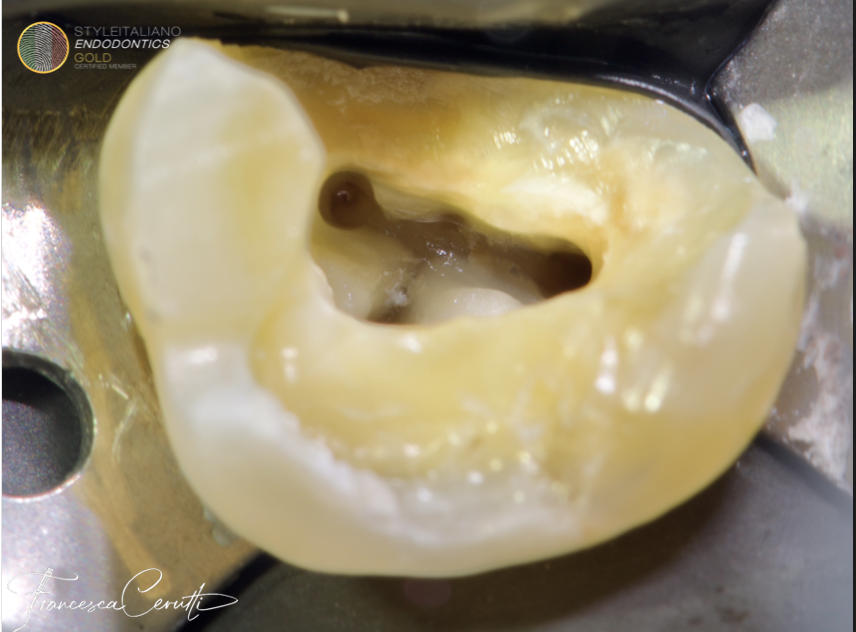 90 minutes endo resto
90 minutes endo resto
For me, there is nothing better than being able to manage endo and resto of a tooth in a single visit
 ENDO-PERIO LESIONS: SIMPLIFIED CLASSIFICATION
ENDO-PERIO LESIONS: SIMPLIFIED CLASSIFICATION
Periodontium and pulpal spaces represent the two primary modes of dental infection from oral bacteria.
At the clinical level, compound dentoalveolar infections involving both tissues are common and present challenges for diagnosis and treatment. The complex lesions presenting the characteristics of both endodontic and periodontic infections are referred to as endo-periodontal lesions (EPLs).
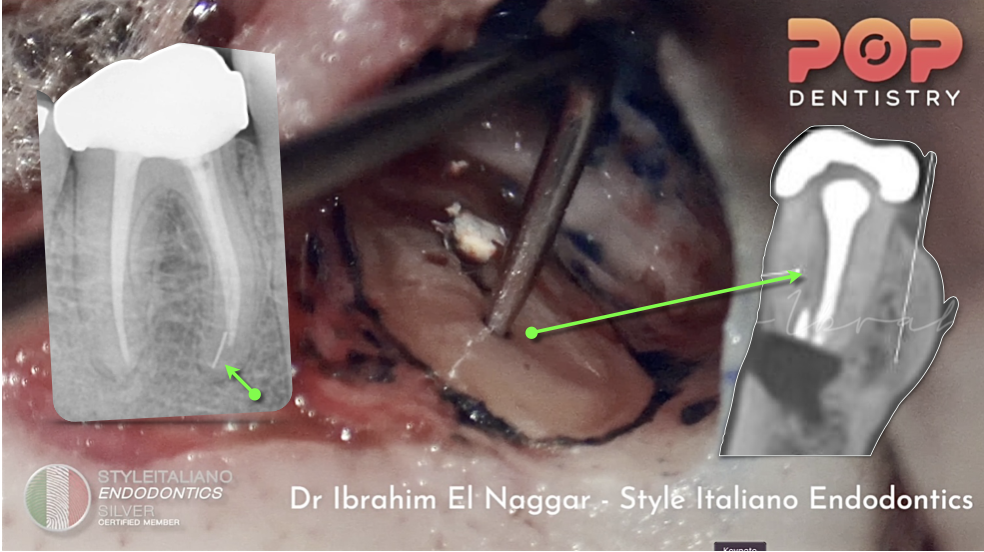 MISSED CANAL , SURGICAL APPROACH
MISSED CANAL , SURGICAL APPROACH
In this article i am presenting a case with a separated Instrument and missed anatomy. The patient had symptoms while biting
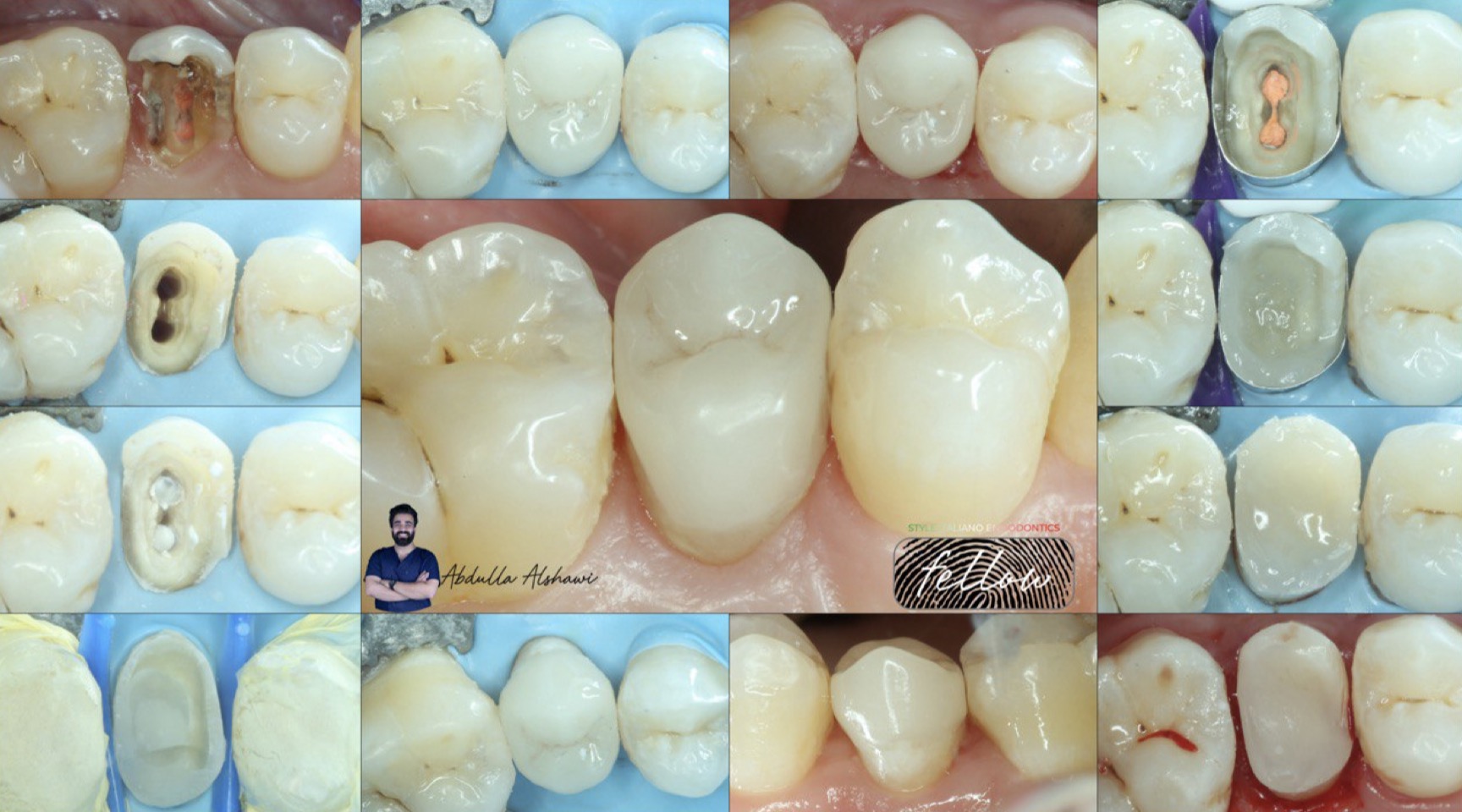 Direct Vs Indirect restoration of endodontically treated teeth
Direct Vs Indirect restoration of endodontically treated teeth
The restoration of endodontically treated teeth must be planned before initiating root canal treatment. Because Microbial contamination of the root canal system and peri-apical tissues is the most common reason […]
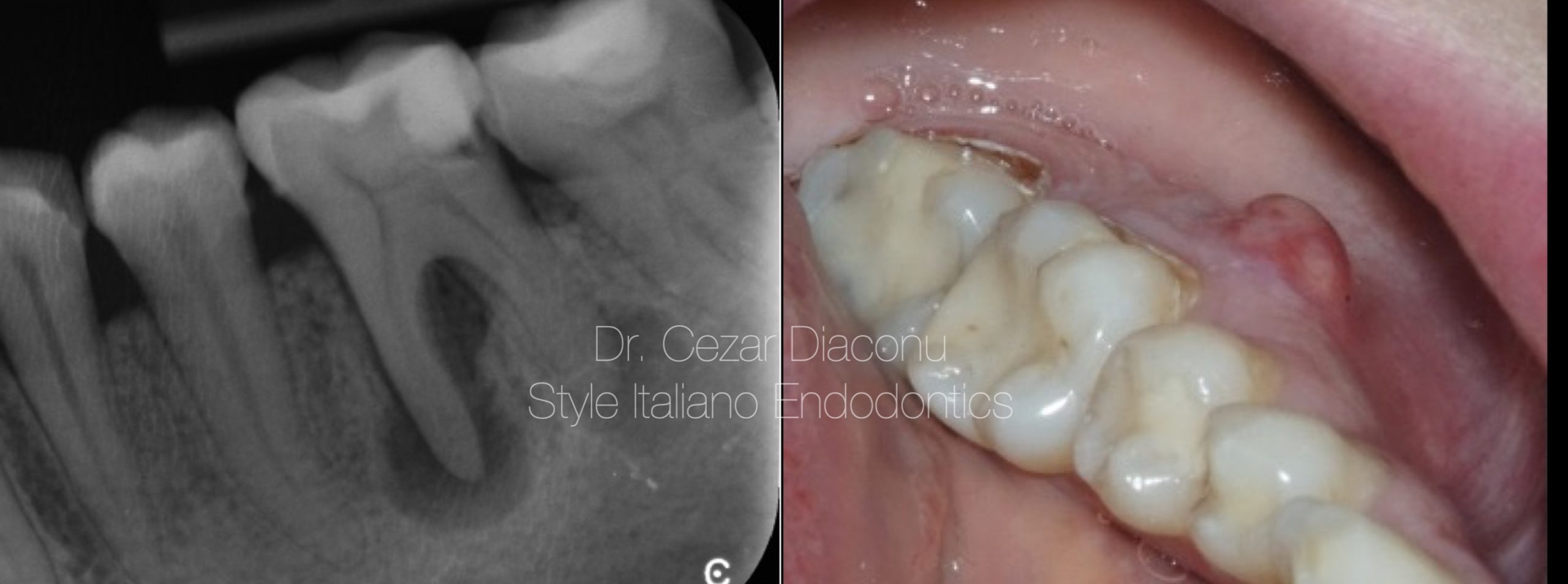 Shaping narrow canals using the forward reciproc motion– Case report
Shaping narrow canals using the forward reciproc motion– Case report
The primary goal of successful endodontic therapy is to perform a proper cleaning and shaping of the root canal system. In clinical practice, this cleaning and shaping, performed with the […]
 Magnification & Ultrasonics: the perfect marriage
Magnification & Ultrasonics: the perfect marriage
The piezoelectric ultrasonics have the potential to become routinely incorporated into almost every component of endodontic treatment, re-treatment, and apical microsurgery.
It is already indispensable as a precise tool with which the most challenging clinical situations, such as finding hidden root canals and
removing root canal obstructions, can be done with relative ease, predictability, and conservancy.
In this article, I will explain some of the uses of ultrasonics in conventional nonsurgical endodontics.
 Root Canal Retreatment of LL6 using the Retreaty system from Perfect: A case report
Root Canal Retreatment of LL6 using the Retreaty system from Perfect: A case report
Achieving glide path in retreatments by removing safely the gutta percha and sealer from within the root canal is always a difficult step. The instruments used in endodontic retreatments have […]